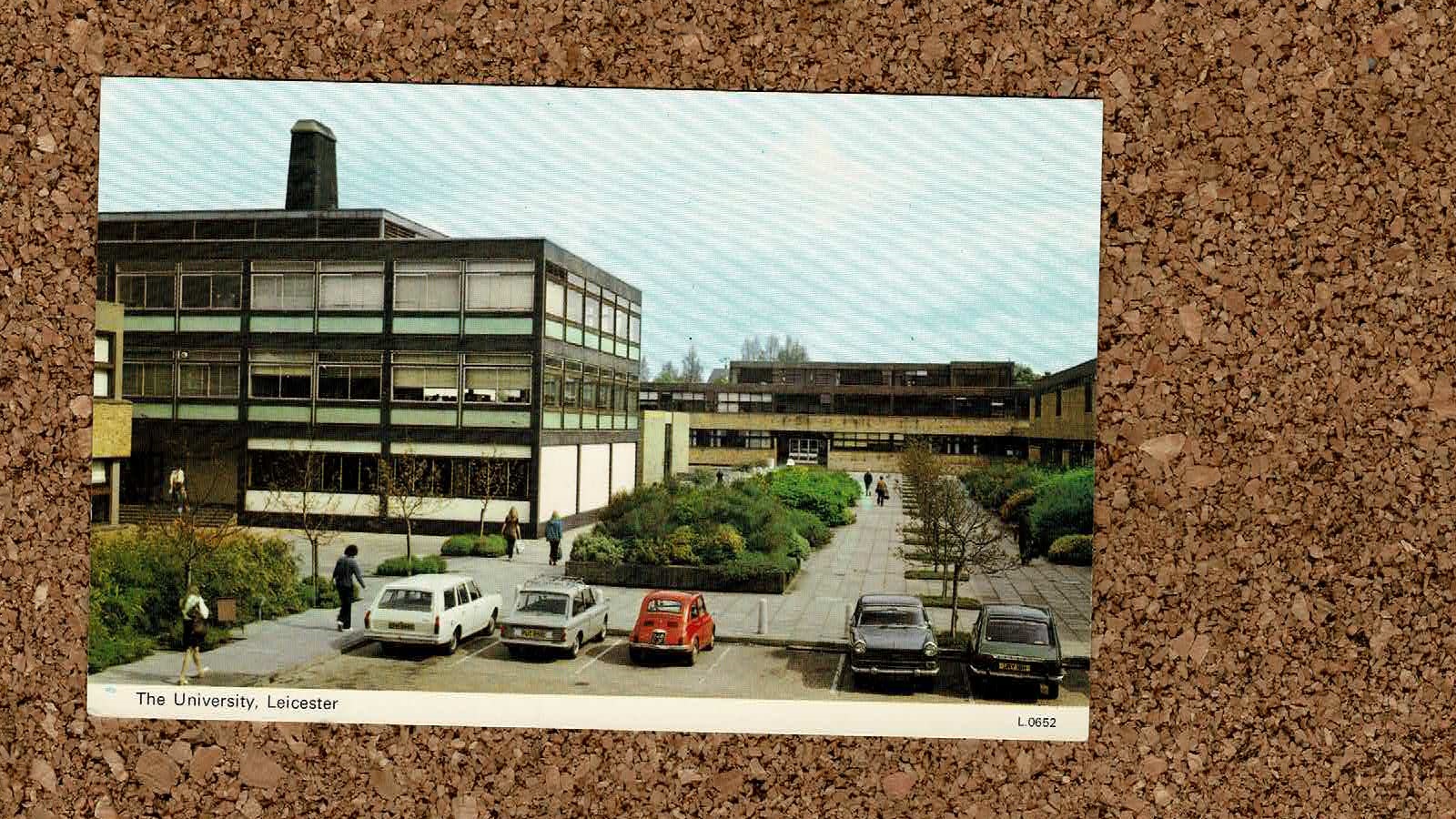Greetings from Leicester!
Geoffrey of Monmouth suggested in his History of the Kings of Britain that Leicester was founded by King Lear, and that Cordelia buried her father the King in a chamber by the river Soar.
This is an inventive approach to history that even I find a little breath-taking, but we don’t need to invoke Shakespearean tragedies to know that Leicester is an old an important place, with origins in Roman times.
By the nineteenth century Leicester was a burgeoning industrial town, manufacturing hosiery, textiles, and shoes. Just the sort of place that might be expected to want a university. And some in Leicester did: the Reverend Joseph Wood proposed just such a thing in 1880 in his presidential address to the Leicester Literary and Philosophical Society. The idea, however, went nowhere at that time.
But there was clearly a growing movement for improving the educational facilities of the town. On 14 November 1917 the Leicester Daily Post argued that the creation of a University College would be a better war memorial than any statue. And on 13 November 1918, two days after the armistice, the Leicester Mail and the Leicester Post both published a letter from Astley V Clarke, as follows:
“LEICESTER’S WAR MEMORIAL (To the Editor of The Leicester Mall.”) Sir. —Now that hostilities have ceased it seems opportune to re-open the consideration of a War Memorial for Leicester. The idea of some University has received a large amount of support from the press and people of Leicestershire, so I again venture to urge it as the most fitting memorial to the services of those who have taken any part in gaining the signal victory of ‘Right over Might.’ It has been a magnificent effort and worthy of a noble and living memorial.
“As thank-offerings for peace one doctor, a well-wisher of the scheme, makes a donation of £100, and another doctor has offered a War Savings Certificate for £500, consequently it is necessary for trustees for such money to be arranged. The Mayor of Leicester, the President of the Literary and Philosophical Society and the Senior Physician of the Leicester Royal Infirmary, have kindly consented to act as trustees, and an account will be opened at the London City and Midland Bank ae the “Leicester University Fund.” This Is a temporary measure, and shortly I hope this fund may be merged into the larger scheme as an East Midland University, “The University of Mercia,” when that matures. —Yours faithfully, ASTLEY V. CLARKE”
Clarke had been both Senior Physician at the Leicester Royal Infirmary, and President of the Literary and Philosophical Society, and may even have been both of those things when he wrote the letter. He had commanded the 5th Northern General field hospital based in Leicester during the war, and was an energetic supporter of the idea of a university for Leicester.
In 1920 the 5th Northern General hospital was vacated, and the land purchased by Thomas Fielding Johnson, who immediately donated the land to the local authority as the site for a university college. The funds raised by Clarke’s appeal now amounted to over £100,000 and in October 1921 University College Leicester opened its doors, the living memorial to the dead of what we now call the First World War.
From 1927 students sat for degrees as external students of the University of London, and two years later the incorporated Vaughan Working Men’s College, first founded in 1862.
In 1957 a Royal Charter was granted, and the University of Leicester was born. The motto – Ut Vitam Habeant – or ‘so that they may have life’ is believed to have been the suggestion of the first principal of the university college, and reflects its wartime origins.
In 1963 students from the university won the first ever series of University Challenge.
And in 2012 a team from the University exhumed a king – Richard III – who unlike Lear actually was buried in Leicester, in the former Greyfriars Friary Church.












